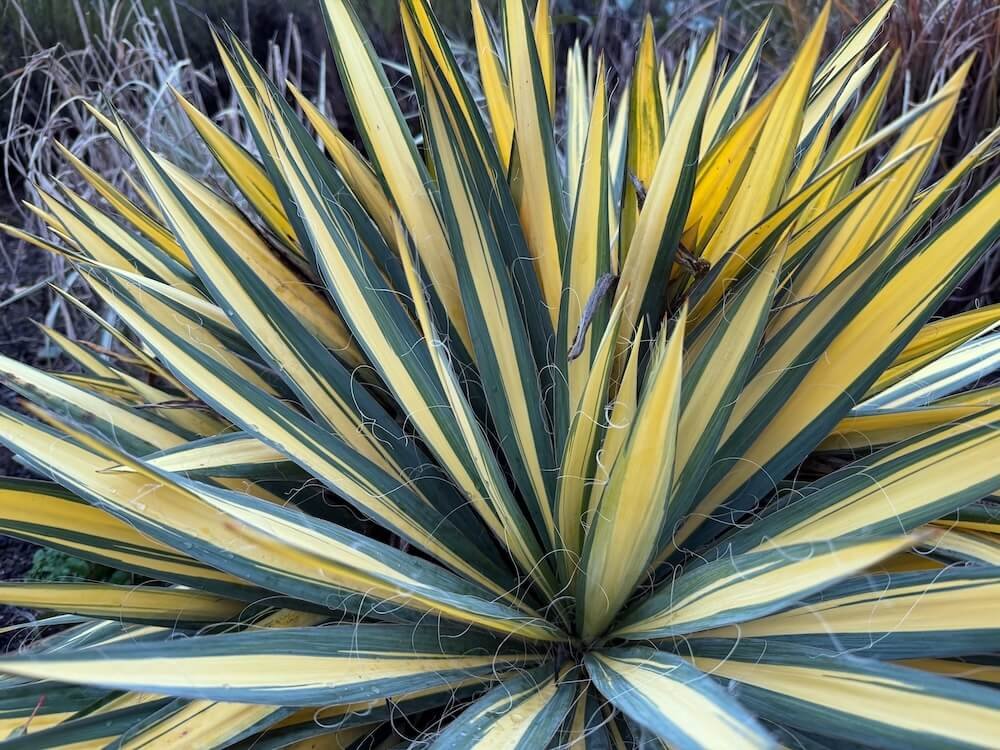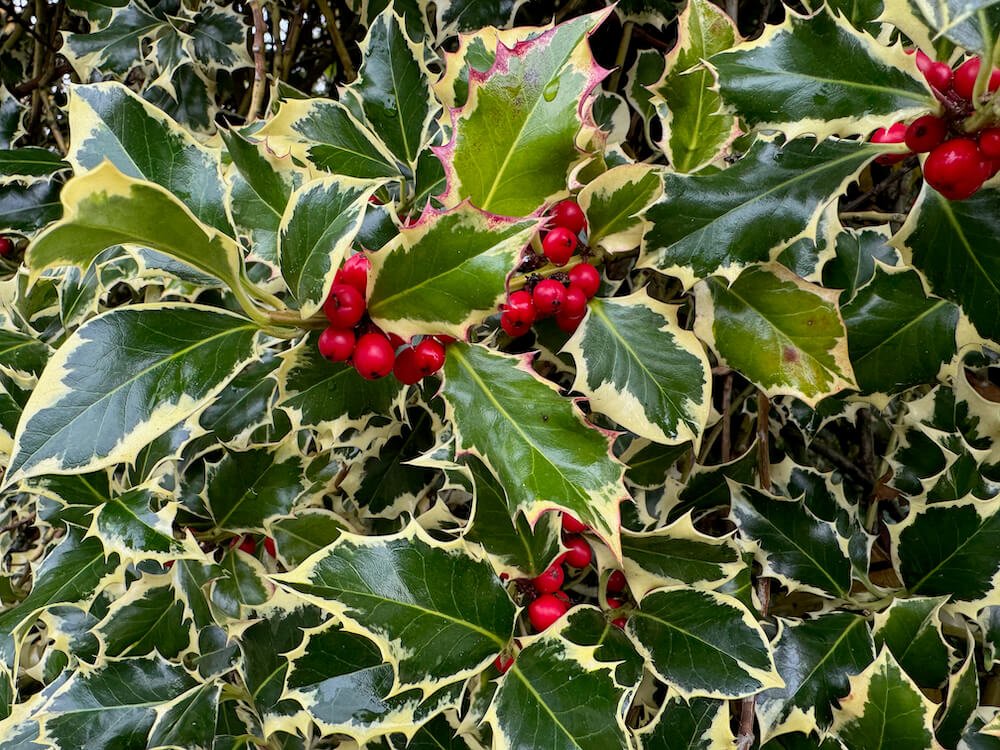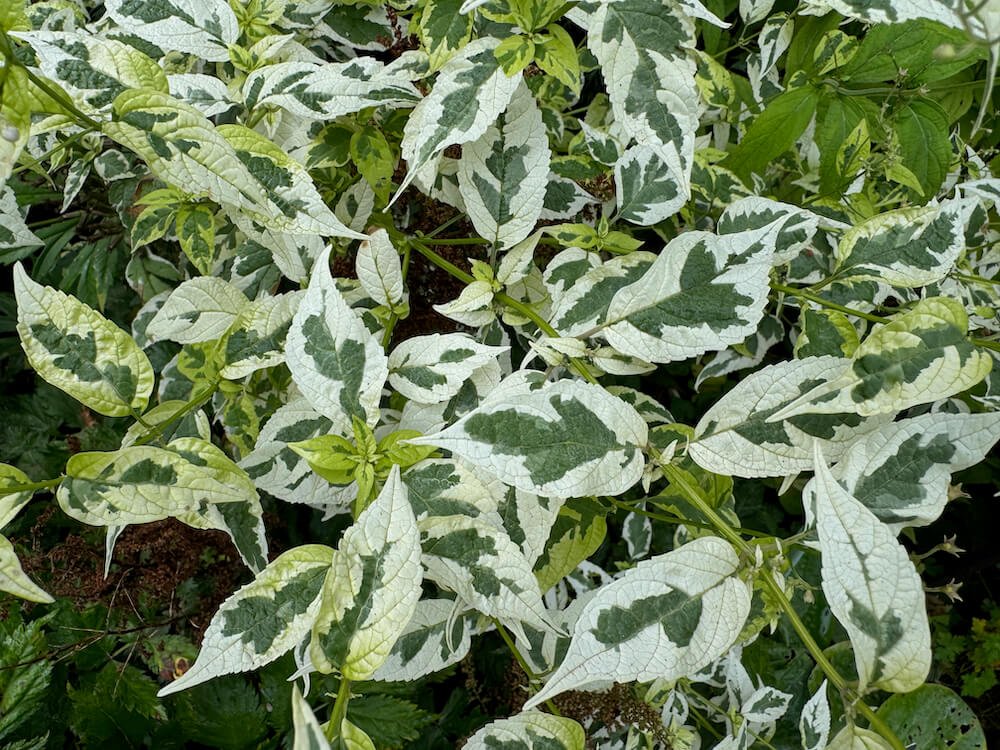 Image 1 of 3
Image 1 of 3

 Image 2 of 3
Image 2 of 3

 Image 3 of 3
Image 3 of 3




Salix integra 'Hakuro Nishiki' | Japanese Dappled Willow
DESCRIPTION
Salix integra 'Hakuro Nishiki’ is a deciduous shrub native to East Asia, including Japan, China, and Korea. Renowned for its variegated foliage, it features delicate, narrow leaves that emerge in spring with shades of pink, white, and green. As the growing season progresses, the foliage transitions to a soft green with white highlights, creating a dynamic and evolving visual appeal. In autumn, the leaves develop a golden hue before falling, revealing red-tinted stems that add winter interest.
Though its blooms are inconspicuous yellowish catkins that appear in spring, the plant is grown primarily for its foliage rather than flowers. Its adaptability and fast growth make it a versatile choice for hedges, specimen plantings, or as an accent near water features. The graceful arching branches and colorful leaves provide an elegant texture, enhancing gardens of various styles, including Japanese and cottage landscapes.
DESCRIPTION
Salix integra 'Hakuro Nishiki’ is a deciduous shrub native to East Asia, including Japan, China, and Korea. Renowned for its variegated foliage, it features delicate, narrow leaves that emerge in spring with shades of pink, white, and green. As the growing season progresses, the foliage transitions to a soft green with white highlights, creating a dynamic and evolving visual appeal. In autumn, the leaves develop a golden hue before falling, revealing red-tinted stems that add winter interest.
Though its blooms are inconspicuous yellowish catkins that appear in spring, the plant is grown primarily for its foliage rather than flowers. Its adaptability and fast growth make it a versatile choice for hedges, specimen plantings, or as an accent near water features. The graceful arching branches and colorful leaves provide an elegant texture, enhancing gardens of various styles, including Japanese and cottage landscapes.
DESCRIPTION
Salix integra 'Hakuro Nishiki’ is a deciduous shrub native to East Asia, including Japan, China, and Korea. Renowned for its variegated foliage, it features delicate, narrow leaves that emerge in spring with shades of pink, white, and green. As the growing season progresses, the foliage transitions to a soft green with white highlights, creating a dynamic and evolving visual appeal. In autumn, the leaves develop a golden hue before falling, revealing red-tinted stems that add winter interest.
Though its blooms are inconspicuous yellowish catkins that appear in spring, the plant is grown primarily for its foliage rather than flowers. Its adaptability and fast growth make it a versatile choice for hedges, specimen plantings, or as an accent near water features. The graceful arching branches and colorful leaves provide an elegant texture, enhancing gardens of various styles, including Japanese and cottage landscapes.
-
Family: Salicaceae
Height: 4–6 feet
Width: 5–7 feet
Foliage Color: Leaves emerge pink in spring, transitioning to green with white variegation
Flower Color: Yellowish catkins (insignificant)
Bloom Time: Spring
Light Requirements: Full sun to partial shade
Water Requirements: Moderate
Maintenance: Medium; occasional pruning to shape
Growing Zone: USDA Zones 4–9
Wildlife Attractors: Provides shelter for birds and adds habitat diversity to gardensThis plant can be seen in the Oregon Trial Garden at Monrovia.




















